Managing cases of youth produced sexual images and inappropriate sexual contact online
This information aims to support and assist education staff, partner agencies and practitioners in their work with children, young people and families when dealing with incidents of youth produced sexual images and inappropriate sexual contact online.
Introduction
Consultation with school staff, partners and practitioners highlighted some misconceptions about the police approach to dealing with these types of issues involving children and young people, affecting expectations in terms of police response and impacting on decisions whether to report to police or not.
In response to the findings, guidance has been developed to support professionals with risk assessment and decision-making, setting out when a police response/investigation is necessary to safeguard and protect a child at risk, balancing this with the fact that a police response is not always necessary or in best the interests of the child(ren) involved.
It is accepted that offences may be present in such incidents, however, it is important for professionals and parents to know that police will always prioritise the safety, welfare and education of the child(ren) involved, avoiding formal sanctions and criminalisation where possible, contrary to the notion that reporting a child involvement in sending or sharing sexual content will result in them having a criminal record.







